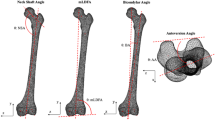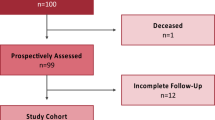Abstract
PROF. KARL PEARSON'S criticisms are always welcome and stimulating to those strong enough to bear them though, since they are usually of the destructive variety, the fear of them undoubtedly prevents a good deal of work which would add to our knowledge being published. Let me deal, for instance, with the following criticism. “Looking at Dr. Parsons's results I can but conclude that his sexing is based on a fallacy, and the dip he has created in the Rothwell femora between those with 45 and 47 mm. heads—the range of Dwight's doubtful sex—is due to conscious or unconscious selection of his material; out of the great masses of bones available at Rothwell (which should have occupied in measurement of many characters and in their adequate reduction the whole time of a man for four or five years)”.
This is a preview of subscription content, access via your institution
Access options
Subscribe to this journal
Receive 51 print issues and online access
$199.00 per year
only $3.90 per issue
Buy this article
- Purchase on SpringerLink
- Instant access to full article PDF
Prices may be subject to local taxes which are calculated during checkout
Similar content being viewed by others
Author information
Authors and Affiliations
Rights and permissions
About this article
Cite this article
PARSONS, F. Measurements of Medieval English Femora. Nature 95, 35 (1915). https://doi.org/10.1038/095035a0
Issue date:
DOI: https://doi.org/10.1038/095035a0



